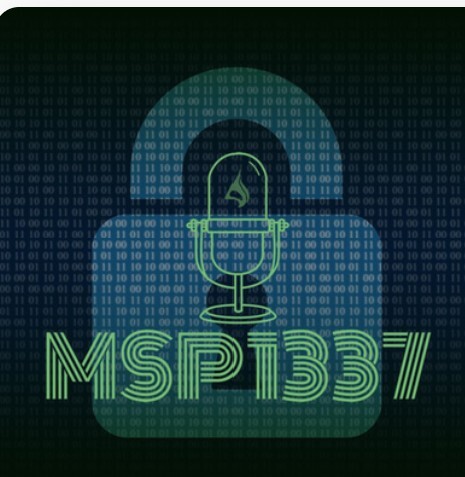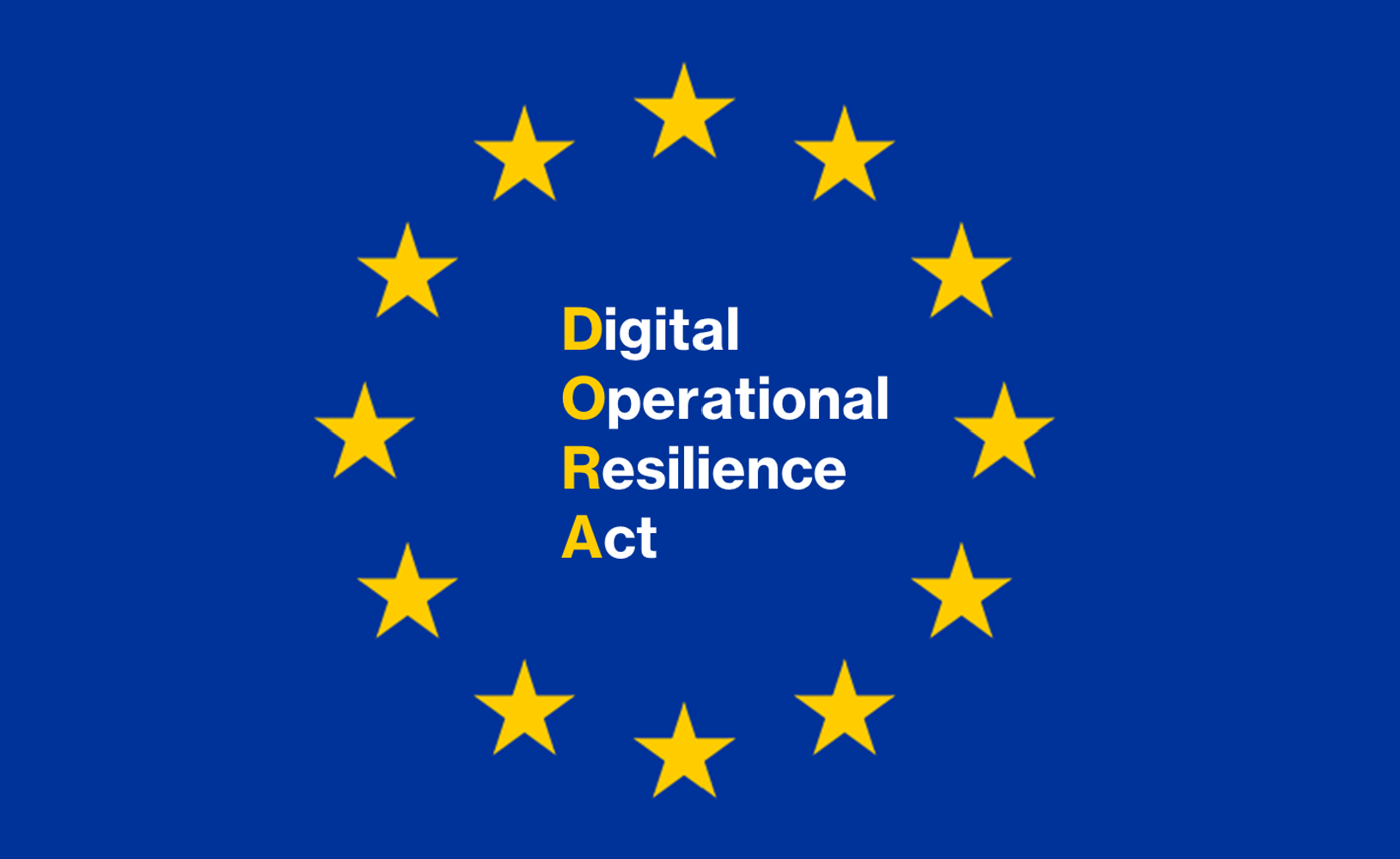
The importance of effective business continuity planning (BCP) cannot be understated. Being able to avoid and mitigate the risks and damages associated with a disruption to operations is critical to the health of any business. And, the two main pillars upon which a robust BCP program rests are, of course, the plan and the testing program.
The BC plan details the steps to be taken before, during, and after an incident. Where, the BC test is designed to:
“Test the disaster recovery plan on a regular basis, taking into consideration that both personnel and system assets change over time and will be compromised in the event of a disaster.” (Forrester)
The BC plan should not be treated as a static entity, though. It must be tested and updated on an ongoing basis, to ensure that is relevant and aligned with an ever-changing risk landscape.
When testing, simulations are the optimal approach, as they most closely replicate a real-life critical incident, and are thus supremely effective in determining the BC plan’s potential validity and efficacy.
In simulation tests the incident team and relevant stakeholders are provided with the details of the incident scenario and are asked to follow the procedures that are contained in the BC plan, as well as to only leverage the workflows and resources that were assigned and allocated therein.
As a result, the simulation should uncover any weaknesses, erred assumptions, and lack of clarity that may exist on the part of the team regarding their role in resolving the incident, and whether resources are missing or insufficient.
The Tough Job of an Effective BCP Test
“Disaster recovery (DR) and business continuity (BC) testing has long been a pain point for many companies.” (TechTarget)
Sounds good. But . . . business continuity simulation tests can be very complex. In fact, when planned properly, they can/should be as complex as the incident itself. That’s the point.
This means that quite often, as occurs during actual critical and major incidents:
Accordingly, many organizations are seeking to be more efficient and effective in how they preform and document their business continuity tests. They are keenly (and painfully) aware of how important it is to have visibility to all the incident data, so they can:
The 5 Pillars of Effective Business Continuity Plan Testing
As a result, what organizations need today is a way to:
Exigence Puts You In Control
The Exigence platform delivers these five capabilities and much more, putting organizations in control of critical incidents and enabling supremely effective BC planning tests.
It uniquely addresses every aspect of the incident, whether real or simulated, from trigger to resolution, executing actions directly as well as integrating with all of the organization’s trusted systems.
It coordinates all stakeholders and systems all the time, orchestrating complex workflows, simplifying the post-mortem, and always leverages lessons learned for optimizing execution next time.
To find out how you can take business continuity testing to the next level and protect your organization against the ramification of a critical incident, we invite you to reach out and schedule a quick demo at info@exigence.com.








